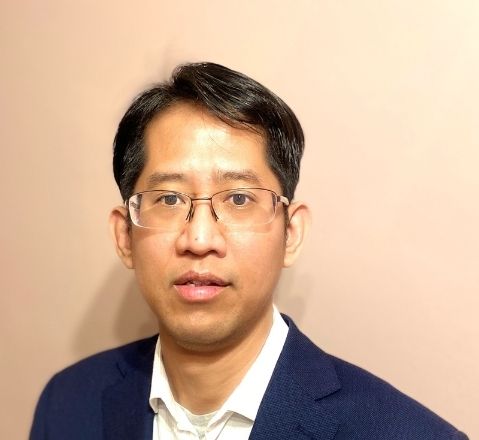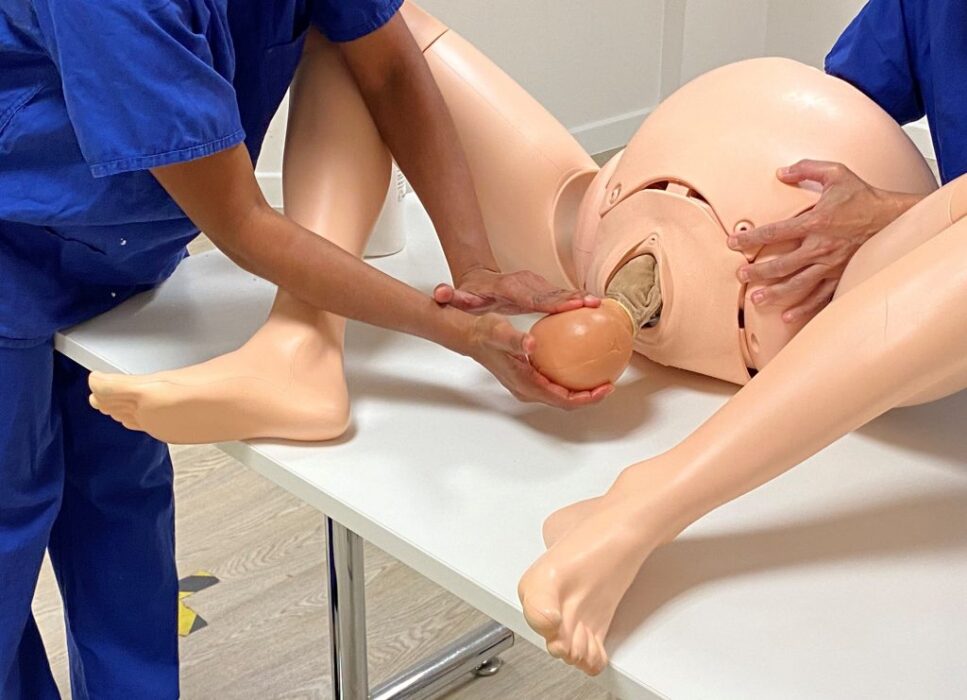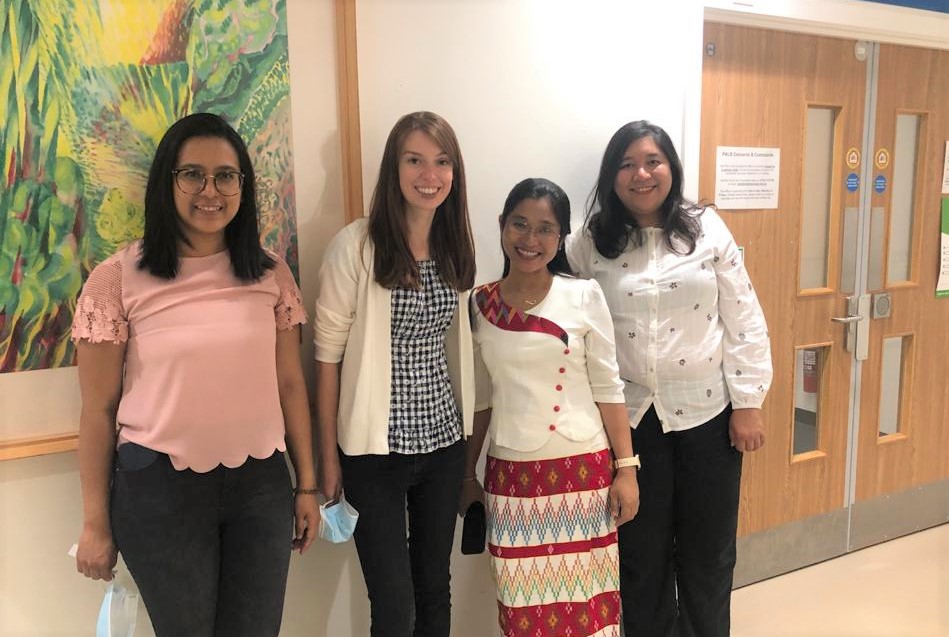By Thet Win Aung, Programme Support for Myanmar
In this blog Thet shares his experiences of the video tutorials project, which aims to create short, snappy videos to support health care professionals in Myanmar amidst the crisis.

Thet was born and raised in Yangon, Myanmar. Now residing in the East of England, Thet is a member of the Myanmar diaspora community living in the UK. Thet plays a key role in the development of the CGHP’s Myanmar health partnership – CYTIP. He has extensive experience working for local and international NGOs and development agencies based in Yangon.
I was emotional watching the teaching and clinical management video clips being uploaded online. Over the last few weeks we have put great effort into these social media friendly five-minutes video clips to support health care professionals deliver emergency care on the frontline in Myanmar.
Since the military coup on 1 February 2021, teaching programmes in medical schools have shut down. Many hospitals across the country are unable to provide patient care. Community based health care professionals have been struggling to treat the enormous number of patients in need of emergency care with very limited resources. Everybody across the world wants to do something positive to support the people of Myanmar, such as donating their knowledge and skills. But at the start of the crisis, we simply didn’t know how to help, or It was challenging and frustrating for people, like myself – Myanmar diaspora living thousands of miles away from Myanmar.
In April, volunteers involved in the Cambridge Yangon Trauma Intervention Project (CYTIP) came up brilliant idea of making low bandwidth short video films to share with Burmese health care professionals in Myanmar. These films offer practical guidance on how to manage emergency trauma and orthopaedic cases. It was successful, and within no time, hundreds of people had watched our social media friendly videos. This encouraged us to continue making more short video clips, and we have now realised topics beyond trauma and orthopaedics, including neonatal resuscitation, how to assess injured patients and management of baby deliveries, among others.
It was exciting and very encouraging for me to coordinate and organise the video tutorials. Many Burmese diaspora doctors and some UK health care professionals signed up to volunteer. They also suggested many topics to be filmed in August. It was important to make sure that the films were culturally sensitive and locally appropriate. Thus, I assigned UK and Burmese doctors who understand the local context such as terminology and wording, to prepare scripts and do role play.
The first video tutorial day arrived, and doctors and nurses from the South and North of the UK came to Cambridge University Hospital to take part. A Burmese paediatrician travelled from Cumbria spending nearly ten hours on the train. Another came from Swansea, driving to Cambridge very early morning to join the tutorials. CUH nurses based at who have been to Myanmar also came to help us. I have no words to express my gratitude and appreciation for their commitment and dedication.
None of the volunteers had experience of filming in front of camera or voiceovers, so at first, we made many mistakes. Although it was tiring and certainly not an easy task, we had much fun and excitement throughout. Over the two days, we covered twenty-four topics including paediatrics and neonate care, obstetrics and gynaecology and trauma and emergency cases.

Filming normal delivery
The last part of video tutorials was editing and adding Burmese voiceovers. You can imagine how difficult it was for the editor who didn’t understand Burmese! However, we managed together with much translation back and forth. Since a few clips were not in Burmese, it was necessary to rewrite some scripts in the local language to ensure actions and voiceover were in harmony. Particularly the obstetrics and gynaecology videos where it took me ages to find suitable words for local people to get understanding and make voiceover and action playing together in right time.
Finally, the video clips were uploaded to the Myanmar Clinical Guidance website. Despite many challenges, we felt extremely pleased when we received positive feedback and appreciation from doctors, nurses, and other health care professionals in Myanmar. Further tutorials are being filmed in November, so please keep your eye on Myanmar Clinical Guidance website.

Paediatrics Team – Thiri
Whilst we can only support at a distance, we are with our fellow healthcare workers in spirit. We very much hope that these videos will help those most in need, during this challenging time for Myanmar. Thank you to our partners, THET and the Global Programme of Royal College of Paediatrics and Child Health for making this possible.
To learn more about our response to the military coup, please read the CGHP Statement.
If you are interested in supporting CGHP, please follow the donate button below or contact the team.
Return to blogs
